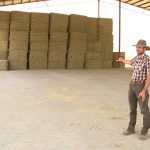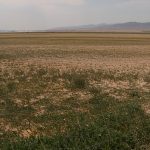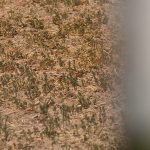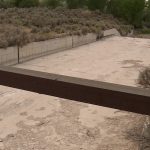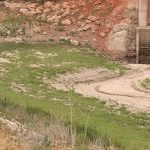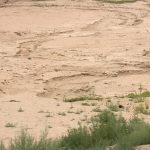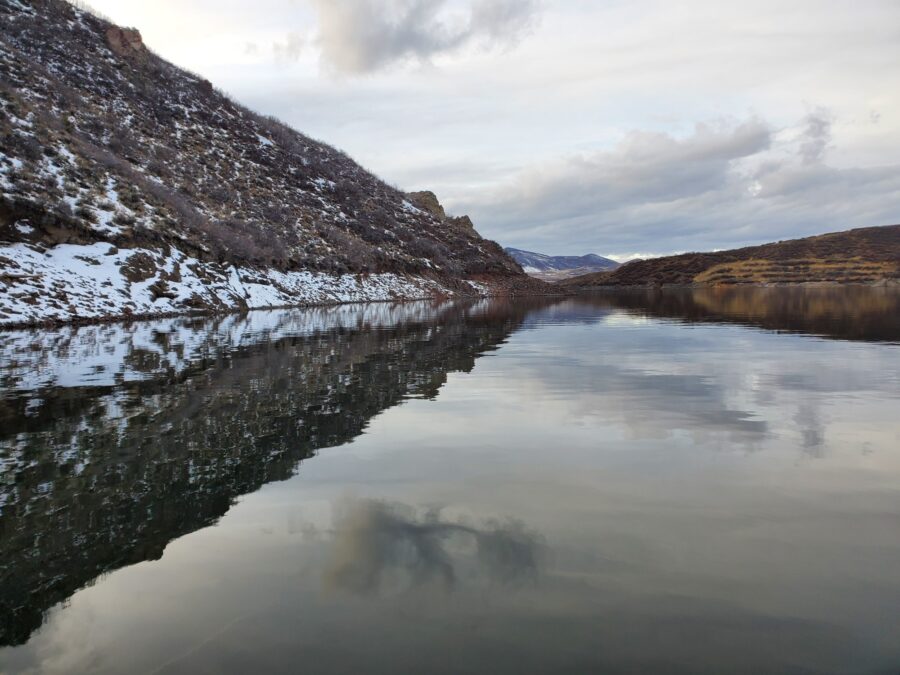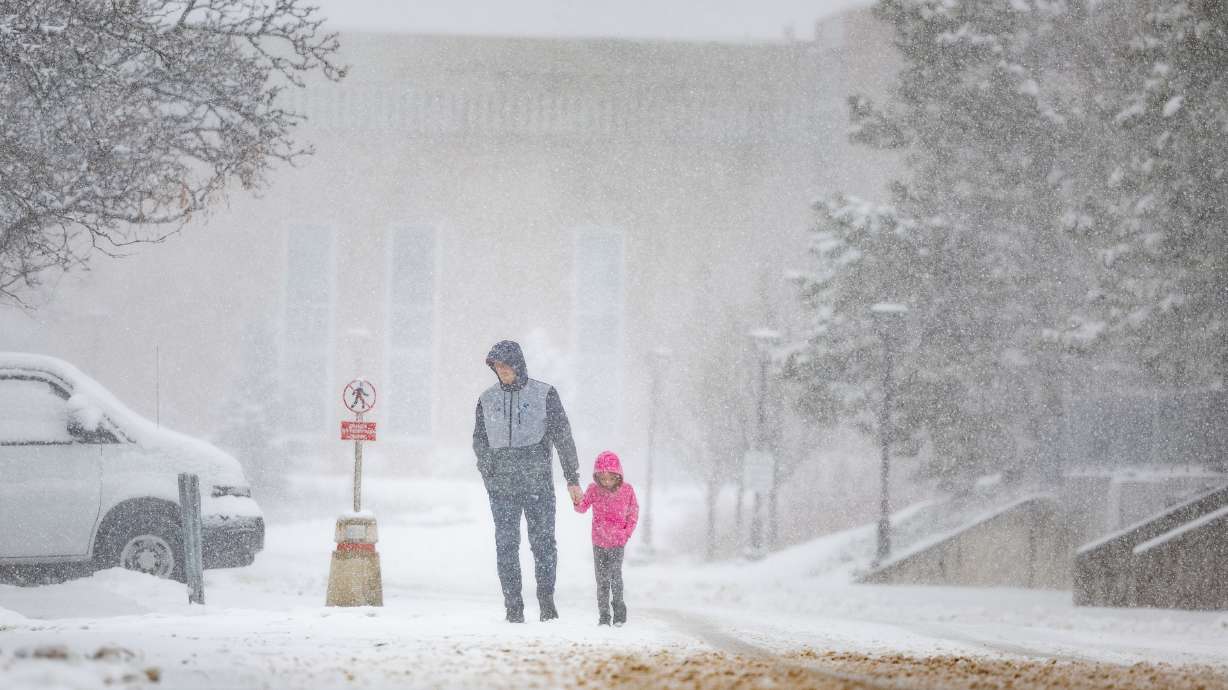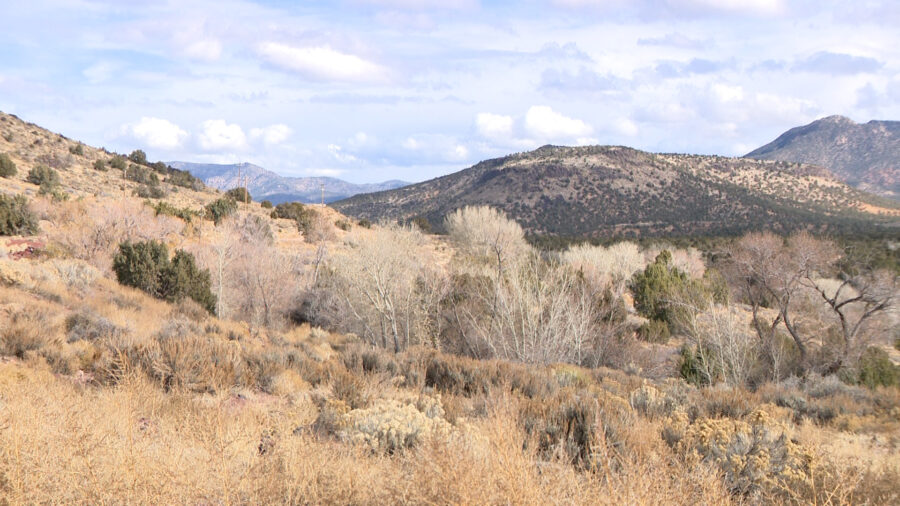Gunnison Reservoir In Sanpete County Listed At 0% Capacity
Jul 10, 2021, 5:16 PM | Updated: Jul 5, 2023, 10:49 am
SANPETE COUNTY, Utah — Gunnison Reservoir near Sterling in Sanpete County has been listed at 0% capacity.
The reservoir is mostly used for agriculture, but it’s another example of the extreme drought Utah is facing.
Normally, there’s supposed to be a lot of water in that area, but in the past week, the reservoir has dried up.
“Yeah, this year is something different. This is something I have never seen before,” said Stan Jensen.
Jensen said he’s worried because he runs Sunnyside Up Pastures in nearby Centerfield.
Gunnison Reservoir near Sterling in Sanpete County has dried up. It's now at 0% capacity because of the drought. We're doing a story on this, and chatting with a farmer who relies on the reservoir, for @KSL5TV at 5. #ksltv #drought pic.twitter.com/fVQHM3WbKB
— Alex Cabrero (@KSL_AlexCabrero) July 10, 2021
Although he gets water from several sources for his farm, Gunnison Reservoir is normally a big one.
“Instead of having all my water on, I’ve got my smallest irrigator on part of the time, and that’s all I can do,” said Jensen.
During normal or slightly below average years, you would see corn and other crops growing this time of year on his farm. Like the reservoir, though, this year it looks a lot different.
“That shouldn’t be brown,” said Jensen while pointing at a field on his farm. “That should just be lush and green, and that should be all the way up to our knees, or a little bit above it, with just this beautiful green alfalfa.”
It also means a lot of farm vehicles sitting silent and projects, like a house Jensen was building for his family on his farm, must be put on hold.
“The debt can eat you up if you don’t know if the money you were planning on won’t be there,” said Jensen. “You don’t dare sink yourself into too deep of a hole.”
For as shocking as it is to see a reservoir go dry, officials with the Utah Division of Water Resources said it may not be the last one this year.
“There are a few that are projected to run out of water this year, particularly in the Sevier River basin,” said Candice Hasenyager, the deputy director of Utah’s Division of Water Resources. “Piute and Otter Creek are two others I believe are projected to go to zero.”
Unless the area gets several big rainstorms, which is unlikely, there’s really nothing that can be done to reverse that course this year.
Right now, the water being used in Utah is mostly snowpack from past years.
“This is all from probably 2019, maybe some from 2020, but yeah, we’re living off of previous years stored water and that’s why with our reservoirs, we’re seeing some record low levels,” said Hasenyager. “It’s a big concern, and it’s definitely impacting the locals in the area that rely on that water supply for their livelihood.”
It’s a reminder of why state leaders have asked all Utah residents to conserve water as much as possible.
There’s always hope for next year, which is something farmers always say.
“We’re just to a point where we’re doing the best that we can,” said Jensen. “That’s obviously not going to be enough this year.”


